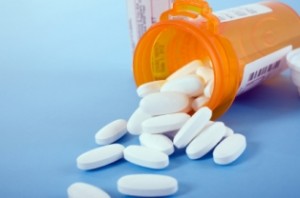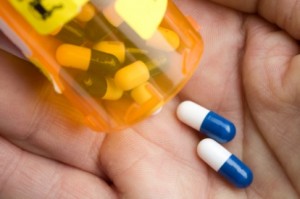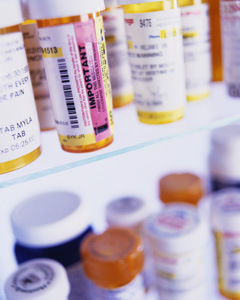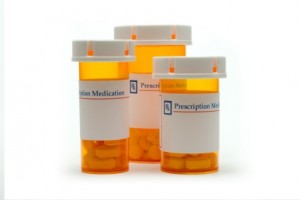A 2010 study by the Harvard Medical School found that a stunning 17 percent of doctors practicing in the U.S. knew of an impaired or incompetent physician due to drugs or alcohol in their workplace. And one-third of those doctors failed to report a fellow physician to authorities such as hospital officials or state medical boards, putting patients unknowingly at risk. The study’s findings will be published in the American Medical Association.
The study found that many failed to report fellow colleagues suffering from substance abuse because they assumed someone else would handle the situation, that nothing would happen if they reported it, or that they could be targeted for retribution. And though programs are in place for retraining, intervention and getting doctors into treatment, the study shows that many do not have faith in the current system.
Some specialists say that better protection is needed for whistleblowers as well as more education on how to report an addicted colleague. “The American Medical Association and other professional groups say doctors have an ethical obligation to make such reports. And many states require doctors to tell authorities about colleagues who endanger patients because of alcoholism, drug abuse or mental illness.” (MSNBC)
A doctor who runs a North Carolina substance abuse program, which deals largely with the state medical society and state disciplinary board, said that about 200 doctors a year are referred to him for alcoholism, drug addiction, anger-management problems and depression. And, according to the doctor, ninety percent of addicted doctors who’ve been through his program remain sober five years after treatment.
In fact, most states have programs that are designed to not only get doctors into treatment but to also advice physicians on how to intervene with a colleague. And often, the reporting of a fellow physician can remain anonymous. However, the systems in place on paper may seem easily applicable, but hospital and practice politics, loyalties and denial at times can make it very difficult for a single physician to report a troubled colleague.
This problem puts too many lives at risk. When a doctor boasts about his program keeping ninety percent of doctors sober for five years, we begin to see how crucial it is to increase the success rate of recovery. This is another example of how all the components of addiction need to be addressed in rehabilitation; the physical, psychological, behavioral, and social. That the most comprehensive care needed is individualized and multi-pronged.







